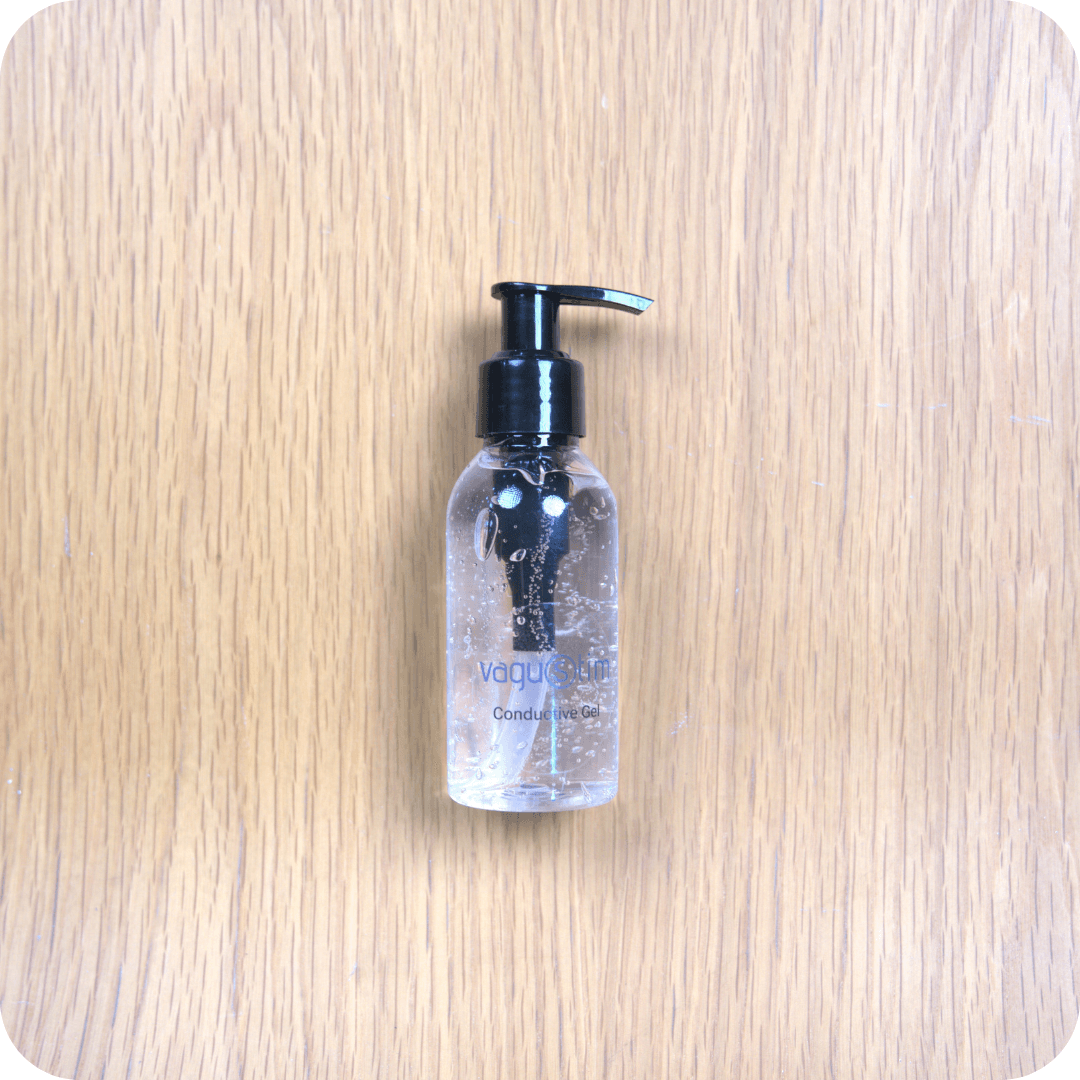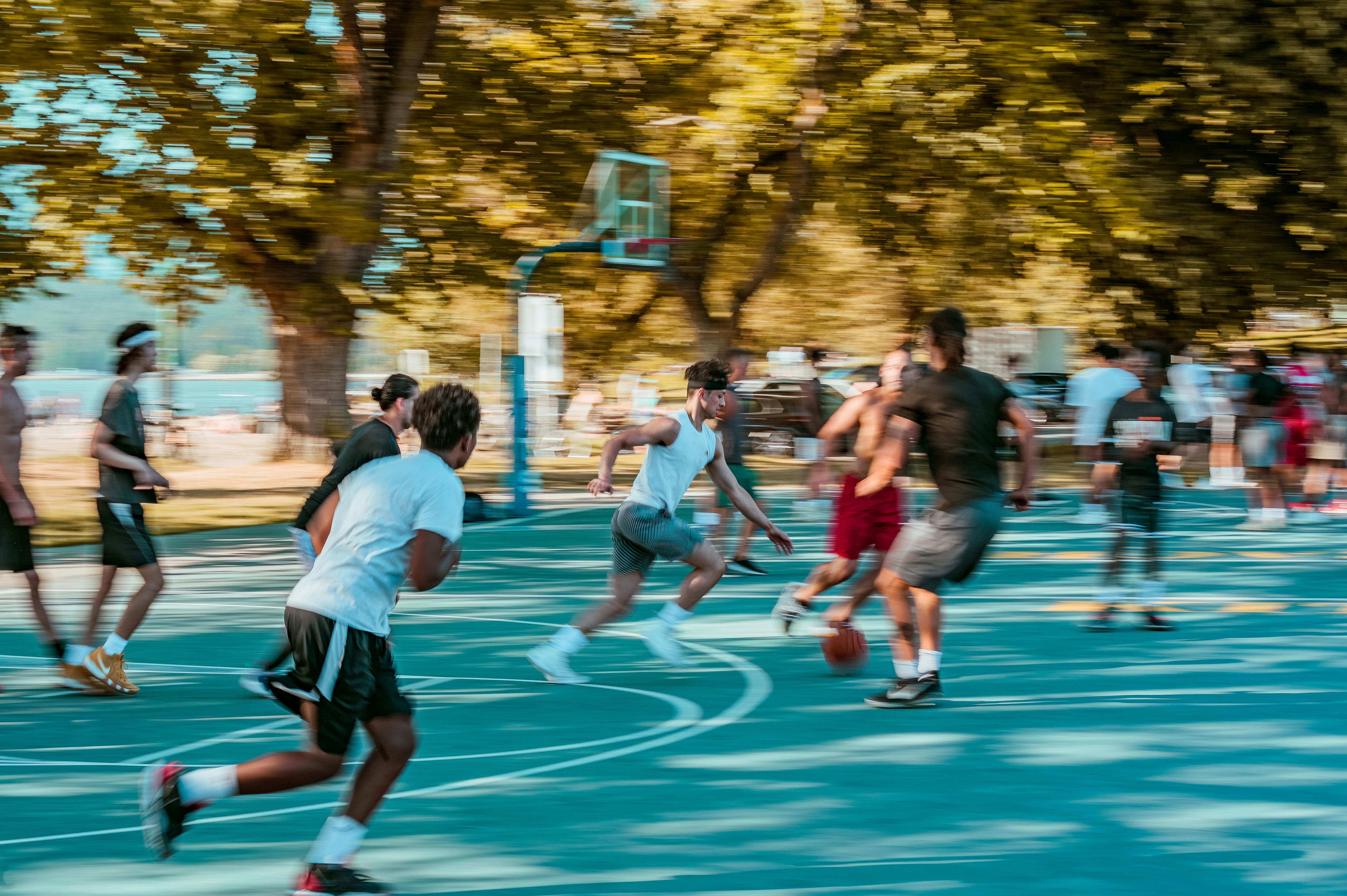Abstract:
This study explored whether auricular transcutaneous vagus nerve stimulation (taVNS) might support the recovery of parasympathetic activity (PA) following exercise. Participants underwent a pulmonary function test, autonomic nervous system (ANS) evaluation, pulse, and blood pressure measurements. All participants completed a 15-minute running task. Following exercise, one group received 5 minutes of auricular vagus nerve stimulation, while the control group wore headphones without active stimulation.
Results showed that pulse levels in the taVNS group were elevated compared to baseline (p=0.001). A significant change was also observed in forced expiratory volume in 1 second (FEV1) values (p=0.007), suggesting potential respiratory system responsiveness. The sympathetic nervous system (SNS) index increased in both groups post-exercise (p<0.05), though there were no statistically significant differences between the groups. While the taVNS group showed within-group changes in parasympathetic nervous system (PNS) index (p<0.05), comparisons between groups did not reveal significant differences (p>0.05). Similarly, RMSSD values—commonly used to assess heart rate variability—did not show significant group-level variation.
These findings suggest that taVNS may be associated with short-term changes in certain physiological parameters after exercise. It may contribute to respiratory dynamics and autonomic balance, though responses can vary depending on context. Further research is needed to better understand the scope of taVNS applications in active populations.
Keywords Vagus Nerve, Stimulation, Respiratory Function, Exercise Recovery




